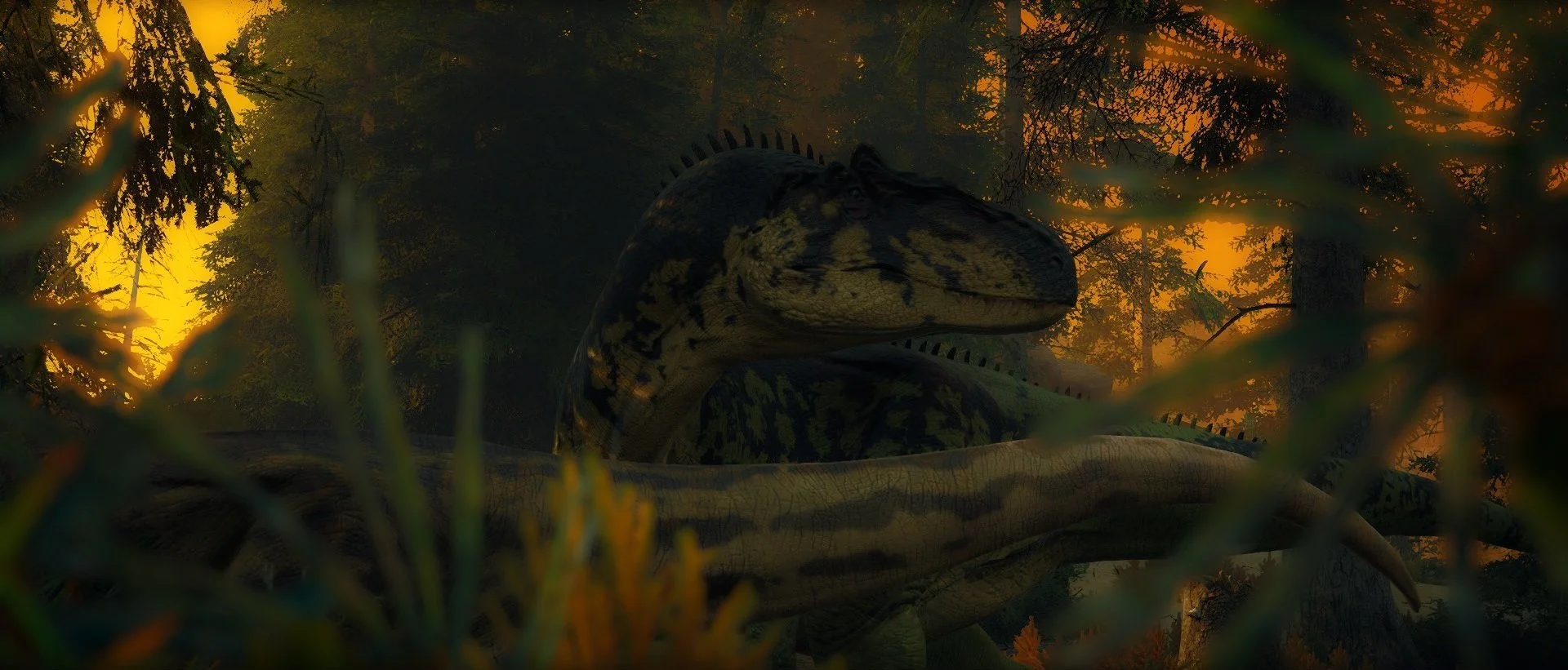Dunkleosteus
Tier: 4
Type: Aquatic carnivore
Passive growth time: 2 hrs 59 min
Pod size: 6 sub adults/adults, 1-15 juveniles/adolescents
Hierarchy: Shoal
Mating bond: Polygynandry
Nest size: 1-3 offspring per pair
Diet tags: Piscivore, carnivore, cannibalistic, opportunistic & scavenger
Preferred food: Fish, shellfish, Tier 1-5 herbivores & carnivores.
Species specific rules: If they have at least 4 sub adults/adults, they can also hunt Tier 6 herbivores & carnivoresBehaviors in nature
This huge placoderm can be found inhabiting the cold ocean waters of the Island of Gondwa. Dunkleosteus is a pelagic fish and prefers to swim around in the open waters with high visibility instead of traveling up the muddy, cramped rivers. Slowly swimming around, following the ocean currents Dunkleosteus will look for food, fish, sharks and other smaller placoderms. Upon finding a fitting target, Dunkleosteus will slowly keep swimming towards it. After getting close enough, the Dunkleosteus will dash forwards with incredible speed, cutting its prey's flesh with its powerful jaws, putting it into a shock.
Social behavior
These placoderms do not form any social bonds and will form a shoal solely for the purpose of being able to hunt bigger prey. Shoal members know to keep their distance to each other. An irritated Dunkleosteus will slowly open its mouth, clamping their jaws together making small snapping sounds. If these warnings go unnoticed by the invader, they will in the worst case end up with a chunk of flesh missing. In a Dunkleosteus shoal, the biggest and the strongest individual has the first hand feeding rights, driving off any smaller members away from the kill. After the biggest Dunkleosteus are done feeding, the smaller ones will swarm the corpse, devouring what is left and leaving nothing behind.
Recommended behaviors
╸When not actively looking for a big meal, Dunkleosteus scours shallow bays for shellfish.
╸Female Dunkleosteus often favor red and purple-ish shades in males.
Mating
During mating season Dunkleosteus will gather in the warm shallow bays at the south of the island. The male pigments and color patterns intensify and appear sharper compared to other seasons of the year. Female Dunkleosteus will look for a male based on these pigments and color patterns. Upon finding a male that pleases her eye, the female will swim up to the brightly coloured candidate for a closer inspection. To find out if the male is in good health, she will initiate a small, few second chase by quickly darting away. If the male is able to keep up with the female and take the right turns, the two will mate. If the male is not up to the female's expectations, she will deliver a painful bite and slowly swim away, leaving the male behind. This method will be repeated multiple times during the mating season with a different partner to ensure the fertility of the eggs.
Nesting & offspring
After mating season, when the female Dunkleosteus is ready to give birth, she will separate from her shoal and look for tall kelp forests swaying in the ocean currents. The female will give birth to her offspring between the kelps where they will stay hidden for the first few weeks of the pups' lives. The pups will swim close to their mother, feeding off of her scraps of shellfish and relying on her protection. Dunkleosteus offspring are curious creatures and will test their jaws on anything that passes by: turtles, rays, fish, even their own siblings. When the offspring start to grow in size and manage to catch their own prey, they will naturally start to take distance from their mother and in the end completely leave her side.




